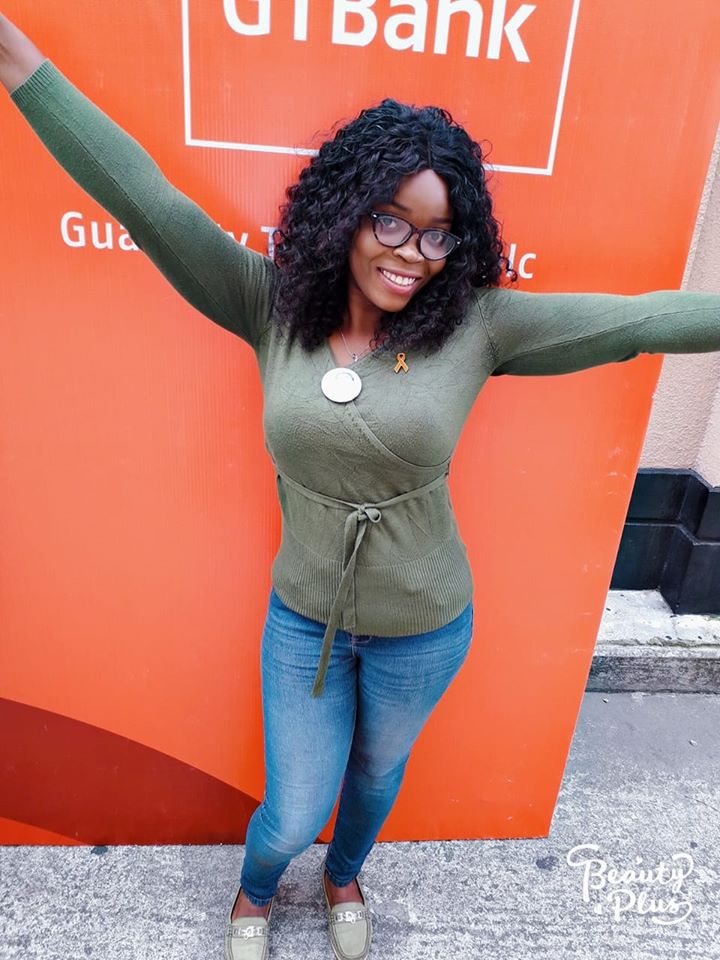Today I will be sharing some knowledge on Learning disorder.
A learning disorder is a wide variety of learning problems.in simple terms learning disability results from a difference in the way, a person’s brain is wired.
Kids with learning disorders may have issues reading, writing, spelling, reasoning, recalling, or organizing information.
With the right support and intervention, children with learning disorders can awesomely succeed in school, careers later in life.
Not every great mind think alike.
Did you know Walt Disney, General George Palton, vice president Nelson Rockefeller had trouble reading all their lives?
How about the famous Albert Einstein?
He couldn’t read until he was nine.
This means if we put in the right support and intervention for our precious children with learning disorders they will do very well.
RECOGNIZING A CHILD WITH LEARNING DISORDERS.
speak later than most children.
Poor fine motor skills development.
Difficulty following directions or routines.
Some children with learning disorders may be extremely restless and easily distracted.
Poor coordination, unaware of physical surroundings and danger.
Learning disorders should not be confused with other disabilities such as Autism, behavioral disorders intellectual disabilities.
Getting a proper and accurate diagnosis is very key as this will enable you to plan the right support and intervention for your child.
No one knows the causes of learning disorders it could be genetic, environmental factors can play a role too.
THESE ARE THE COMMON LEARNING DISORDERS.
DYSLEXIA- is a language-based disability in which a child is having trouble understanding words, this may also be referred to as reading disorder.
DYSGRAPHIA- is a writing disability in which a child finds it hard to form letters or write Within a defined space.
DYSCALCULIA- is a mathematical disability in which a child has difficulty solving math and grasping math concepts.
AUDITORY AND VISUAL PROCESSING DISORDERS.- is a sensory disability in which a child has difficulty understanding language despite normal hearing and vision.
WE HAVE DIFFERENT TYPES OF LEARNERS.
VISUAL LEARNERS.
AUDITORY LEARNERS.
KINESTHETIC LEARNERS.
If your child is a visual learner, they learn best by seeing or reading, may love to draw, read, or write, do well when the material is presented visually.
AUDITORY LEARNERS learn best by listening, benefits from classroom discussions.
May love music, language, and being on stage.
KINESTHETIC LEARNERS learn by doing and moving.
Do well when they can touch, move, and explore, love to be engaged on hand on hand activities, field trips, sports, drama, dance, arts, and craft.
I hope this helps someone.
Together we can achieve.
Remain bless and stay safe
By Aisha

